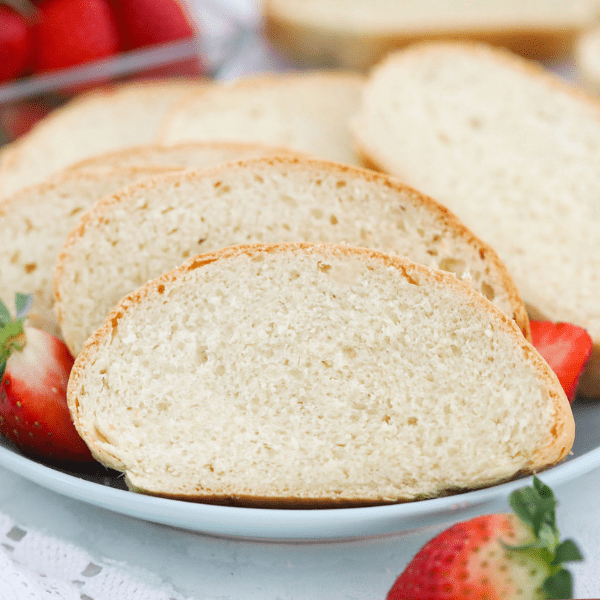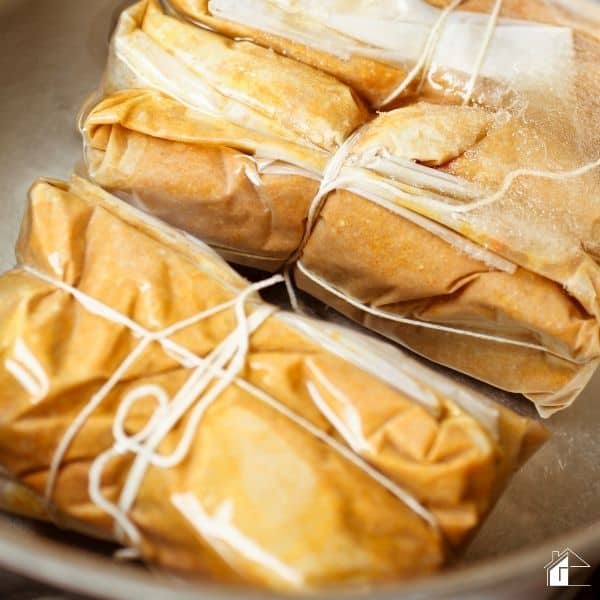Puerto Rican Coffee Recipe
This post may contain affiliate links which might earn us money. Please read my Disclosure and Privacy policies herePuerto Rican coffee is known for its rich flavor and smooth, velvety texture. The island's unique climate and fertile soil create the perfect conditions for growing high-quality Arabica beans, resulting in bold and aromatic coffee.
Let’s explore the traditional brewing techniques and ingredients that make this coffee stand out from the rest. Get ready to experience the delightful taste of Puerto Rico in every sip!
How do Puerto Ricans make their coffee?
The process of making Puerto Rican coffee is steeped in tradition, with attention to detail at every step, from growing the beans to brewing the perfect cup.
The journey begins with planting high-quality Arabica beans in the island's fertile soil, which is enriched by volcanic ash and minerals. The beans are grown in the shade, usually under the canopy of banana or guava trees, allowing them to develop slowly and absorb the rich flavors of the surrounding environment.
After harvesting the beans, they are carefully sorted, fermented, and sun-dried to bring out their full flavor.
When it comes to brewing Puerto Rican coffee, various methods are used, but one of the most traditional techniques is using a “greca” or “moka pot.” This stovetop coffee maker creates a rich, full-bodied brew highlighting the coffee's natural flavors.
To make coffee using a greca, start by filling the bottom chamber with cold water. Next, add finely ground Puerto Rican coffee to the filter basket, lightly packing it without compressing it too much.
Screw the top chamber onto the bottom chamber and place the greca on medium heat. As the water heats up, pressure forces the water through the coffee grounds and into the top chamber, resulting in a concentrated brew.
You might enjoy these posts:
- Puerto Rican Breakfast – Puerto Rican Oatmeal & Café Bustelo
- 14 Delicious Caribbean Breakfast Ideas From Trinidad to Jamaica

What do Puerto Ricans put in their coffee?
Puerto Ricans enjoy their coffee in various ways, each adding a unique twist to the rich and aromatic brew. Here are some common ingredients Puerto Ricans put in their coffee:
Sugar
Many Puerto Ricans like their coffee sweet and often add sugar to taste. Some create a thick syrup called “espuma” by mixing sugar with a small amount of hot coffee before pouring the rest of the coffee and milk.
Milk
“Café con leche” is a popular way to enjoy coffee in Puerto Rico. It involves adding heated milk to the brewed coffee, creating a creamy and smooth beverage. The ratio of coffee to milk varies depending on personal preference, ranging from a light, milky coffee to a stronger, more robust flavor.
Rum
For a festive touch or during special occasions, some Puerto Ricans add a shot of rum or other spirits to their coffee, creating a warming and spirited drink known as “café con piquete.”
Spices
In some variations, spices such as cinnamon, nutmeg, or cloves may be added to the coffee grounds before brewing to infuse the coffee with a warm, spiced aroma. This is particularly popular during the holiday season.
Cocoa powder or chocolate
To create a richer, more decadent flavor, some Puerto Ricans add a spoonful of cocoa powder or a piece of chocolate to their coffee, resulting in a delightful mocha-like beverage.
Whipped cream
For an indulgent touch, whipped cream can be added on top of the coffee, especially when it's infused with spices or chocolate.
Condensed milk
Instead of regular milk or sugar, some Puerto Ricans prefer to add a splash of sweetened condensed milk to their coffee, giving it a velvety texture and a hint of sweetness.
What are the top Puerto Rican Coffee Brands?
Puerto Rican coffee brands are renowned for their rich flavors and high-quality beans, reflecting the island's long-standing coffee-growing tradition. These brands have gained popularity both locally and internationally due to their unique taste profiles and commitment to excellence.
Among the most popular Puerto Rican coffee brands is Café Yaucono, celebrated for its smooth, full-bodied flavor and strong aroma. Another notable brand, Alto Grande, is known for its exquisite taste and premium quality, often referred to as the “Rolls-Royce” of coffee.
Other prominent brands, such as Café Crema, Café Lareño, and Café Rico, also contribute to the diverse coffee culture of Puerto Rico, each offering distinct flavors and characteristics that cater to different preferences.
As these brands continue to thrive on the island, they also help to preserve Puerto Rico's coffee heritage and showcase the exceptional craftsmanship of local coffee producers.
| Puerto Rican Coffee Brand | Range in Popularity (1-5) |
|---|---|
| Café Yaucono | 5 |
| Alto Grande | 4.5 |
| Café Crema | 4 |
| Café Lareño | 3.5 |
| Café Rico | 3 |
| Café Oro | 2 |
| Café Adjuntas | 1.5 |
| Café Hacienda San Pedro | 1 |
Please note that the popularity range is subjective and may vary depending on personal preferences and regional availability. The scale ranges from 1 (least popular) to 5 (most popular).

How do Puerto Ricans say coffee?
Puerto Ricans use the term “café” for coffee, a word shared across Spanish-speaking countries. With a rich coffee culture, they enjoy different variations like “café con leche” (coffee with milk) and “café con piquete” (coffee with rum), highlighting the significance of “café” in their daily lives.

How do you make Puerto Rican coffee with a Colador?
Making Puerto Rican coffee with a “colador” is a traditional brewing method that involves using a cloth filter to strain the coffee grounds. This technique results in a smooth, full-flavored cup of coffee that captures the essence of Puerto Rican coffee culture.
Here's how to make Puerto Rican coffee using a colador:
Gather your supplies
To make coffee with a colador, you'll need a cloth coffee filter (colador), a heat-resistant container or pot to hold the brewed coffee, freshly ground Puerto Rican coffee beans, water, and any additional ingredients you prefer, like sugar or milk. Put the excess coffee beans in air-sealed packaging to avoid them from going stale.
Prepare the colador
Begin by wetting the cloth filter with warm water. This helps remove any lint or residue from the fabric and ensures the coffee flows smoothly through the filter. Hold the filter above the container or pot where you'll collect the brewed coffee.
Boil water
In a separate pot or kettle, bring water to a boil. The general rule is to use 2 ounces of water per tablespoon of coffee, but you can adjust this ratio according to your taste preferences.
Add coffee grounds to the colador
Measure out the desired amount of coffee grounds (usually one tablespoon per six ounces of water) and place them in the damp colador. Make sure the grounds are evenly distributed across the filter.
Pour the hot water
Slowly pour the boiling water over the coffee grounds in the colador, making sure to cover all the grounds evenly. The water will pass through the coffee grounds and the filter, collecting in the container below. Repeat this step until all the desired water has been poured over the grounds. Be patient and pour slowly to ensure proper extraction and a balanced flavor.
Serve and enjoy
Once the coffee has finished filtering through the colador, give it a gentle stir to mix any sediment that may have settled at the bottom of the container. Pour the freshly brewed Puerto Rican coffee into cups and serve immediately. You can enjoy it black or add sugar, milk, or other ingredients to taste.
Clean the colador
After use, rinse the colador thoroughly with warm water to remove any remaining coffee grounds. Hang it up to air-dry, ready for your next delicious cup of Puerto Rican coffee.

What cheese do Puerto Ricans put in their coffee?
Puerto Ricans sometimes put a type of cheese called “queso de bola” or “queso blanco” in their coffee. This practice is not very common, but some people enjoy the unique combination of flavors. Queso de bola is a semi-hard, Edam-style cheese with a mild flavor, while queso blanco is a soft, unaged white cheese with a slightly tangy taste.
When added to hot coffee, the cheese melts and creates a creamy, savory-sweet beverage that some Puerto Ricans enjoy as a variation on traditional coffee preparations.






